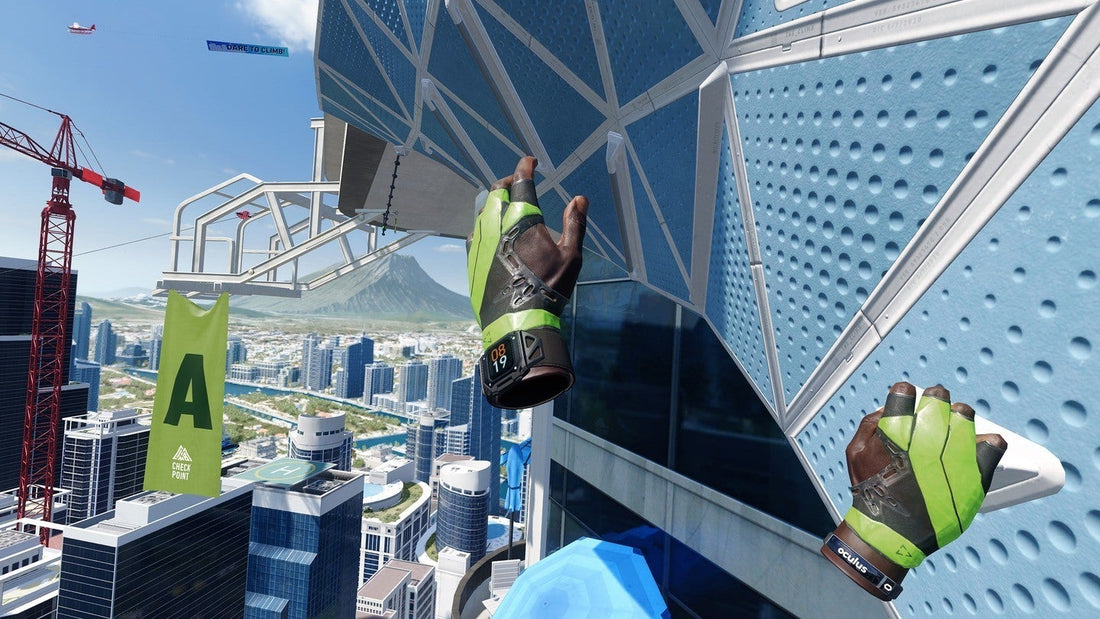
Digital Daring: How the Metaverse is Redefining Climbing Culture
Introduction: The Virtual Climbing Revolution
The metaverse is revolutionizing sports, and climbing is no exception. Virtual reality (VR) and augmented reality (AR) are transforming how climbers train, compete, and connect—without needing a physical rock face. From hyper-realistic VR climbing simulators to blockchain-powered competitions, the digital world is expanding the boundaries of climbing culture.
In this article, we explore how the metaverse is shaping the future of climbing, making the sport more accessible, innovative, and immersive than ever before.
The Rise of Virtual Climbing: Scaling New Heights in the Metaverse
1. VR Climbing Games & Simulations
Popular VR climbing games like The Climb (Crytek) and Climbey offer breathtaking digital ascents, allowing users to scale Yosemite’s El Capitan or the Alps from home. These experiences aren’t just visual—they require real physical effort, engaging core muscles and grip strength just like real climbing.
2. Blockchain & NFT Climbing Competitions
Metaverse platforms like Decentraland and Sandbox are introducing virtual climbing challenges where players earn NFTs and crypto rewards. Digital avatars compete in bouldering tournaments, blending gaming culture with climbing passion.
3. AI-Generated Climbing Routes
Some VR climbing apps now use AI to generate endless route variations, keeping training sessions dynamic and unpredictable—just like outdoor rock faces.
How the Metaverse is Changing Climbing Training
1. Virtual Route Previews
Professional climbers use VR to preview real-world routes before attempting them, studying holds and movements in a risk-free environment.
2. AR-Enhanced Climbing Gyms
Some gyms now project AR climbing routes onto walls, allowing for instant route changes and adaptive difficulty levels.
3. Haptic Feedback & Motion Capture
Advanced VR gloves simulate rock texture and resistance, while motion tracking refines technique by analyzing body positioning.
Accessibility & Community: Climbing for Everyone
1. Breaking Geographic Barriers
Not everyone lives near mountains or climbing gyms—VR makes the sport accessible anywhere.
2. Adaptive Climbing for Disabilities
Customizable controls and seated VR options allow climbers with mobility challenges to experience the thrill of ascent.
3. Global Climbing Communities
Online leaderboards, virtual climbing clubs, and live-streamed competitions connect climbers worldwide.
The Future of Climbing: Blending Real & Digital Worlds
1. Hybrid Competitions
Imagine tournaments where climbers battle both physical and virtual routes, with combined scoring.
2. Digital Replicas of Famous Climbs
Iconic routes could be preserved in VR, allowing future generations to climb historic ascents.
3. AI Coaches & Real-Time Feedback
Smart algorithms could analyze climbing form mid-route and suggest adjustments instantly.
Conclusion: The Next Era of Climbing
The metaverse isn’t replacing real-world climbing—it’s enhancing it. By offering new training tools, global accessibility, and innovative competitions, digital climbing is pushing the sport into an exciting future.
Whether you're a seasoned climber or a curious beginner, the metaverse opens up a world of vertical possibilities. The next great climb might not be on a mountain—it could be in the metaverse.
Ready to take your climbing digital? Strap on a VR headset and start your ascent today!
